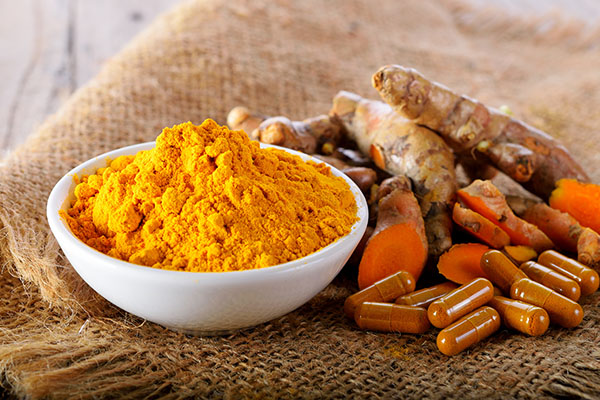
Amino acid supplements may help reduce muscle loss
For the study, published in the Journal of Dietary Supplements, the UA researchers chose beta-hydroxy-beta-methyl butyrate (HMB), arginine and glutamine. HMB is an active metabolite of the amino acid, leucine. Studies show that it may improve muscle protein turnover by activating the mammalian target of rapamycin in cell signaling pathways. Some reports also suggest that HMB may decrease muscle protein breakdown by reducing inflammation. Meanwhile, the amino acid arginine has been shown to work synergistically with HMB to reduce oxidative stress and inflammation, helping attenuate muscle loss. Finally, glutamine is the most abundant free amino acid in the body. Studies on glutamine show that it can upregulate muscle protein synthesis. In addition, its antioxidant and immunomodulatory properties may also complement HMB and arginine.Testing the effects of amino acid supplementation of older adults
For their study, the researchers sampled 31 community-dwelling men and women between the ages of 65 and 89. These participants were randomly assigned to one of two groups. One group received oral doses of the amino acid supplements twice a day every day for six months. This amounted to 3 g HMB, 14 g arginine and 14 g glutamine every day for each participant in this group. The second group received a placebo. The lean body mass of all the participants was measured at the start and at the end of the study. To do this, the researchers used a combination of air displacement plethysmography, dual-energy x-ray absorptiometry (DXA) and the four-compartment model. Muscle volume, on the other hand, was measured using magnetic resonance imaging (MRI). In addition, the participants also performed a battery of tests to assess physical function. The tests were selected to represent typical activities of daily living. They included an eight-foot up-and-go test, a 25-foot walk test and a timed stair climb. Following the study, the researcher noted that the group that took the supplements demonstrated an improvement in total lean body mass. Regional analysis using DXA found an improvement in arm lean mass within the treatment group. MRI analysis, however, did not find any significant improvements in quadriceps volume for either group. The treatment group also exhibited improved physical performance in the test. In particular, the researchers noted that they exhibited a marked improvement in the timed stair climb compared to the control group. (Related: Boost your athletic performance with this proven amino acid.) Based on these findings, the researchers concluded that dietary supplementation with HMB, arginine and glutamine can improve total body lean mass among a small sample of healthy adults. That said, they also stated that further study is needed to better understand why this is the case as well as to determine whether this kind of supplementation can also benefit frail elders. For more news on research on how older adults can maintain their physical fitness, follow AntiAgingScienceNews.com. Sources include: Jamda.com TAndFOnline.com NutritionAndMetabolism.BioMedCentral.com DOI.org PortlandPress.comUnusual superfoods: Health benefits of corn silk (recipes included)
By Rose Lidell // Share
By Mary Villareal // Share
As omicron subsides, US vaccination rates collapse
By Ethan Huff // Share
Scientists warn that gain of function research needs to be stopped immediately
By Cassie B. // Share
Look and feel younger by eating these superfoods
By Rose Lidell // Share
JAMA study shows that ivermectin is extremely effective against covid; vaccines not so much
By Ethan Huff // Share
A new brink: Trump’s strike warning meets Iran’s vow of retaliation
By willowt // Share
Modern science validates turmeric's ancient anti-inflammatory power
By willowt // Share
HHS freezes child care funds to 50 U.S. states amid Minnesota fraud review
By lauraharris // Share
U.S. approves $328.5 million arms sale to Taiwan amid rising tensions with China
By kevinhughes // Share











